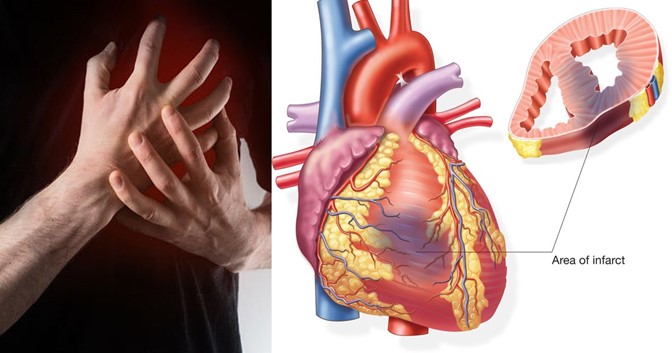Which chamber of the heart endures the highest pressures?
Right atrium
Left atrium
Left ventricle
Right ventricle
The Correct Answer is C

The left ventricle is responsible for pumping oxygenated blood out of the heart and into systemic circulation, which requires generating enough pressure to overcome the resistance of the systemic blood vessels. Therefore, the left ventricle has thicker and more muscular walls than the right ventricle and can generate higher pressures during contraction. In contrast, the right ventricle pumps deoxygenated blood to the lungs, which have lower resistance compared to the systemic circulation, and therefore do not need to generate as high pressures.
Nursing Test Bank
Naxlex Comprehensive Predictor Exams
Related Questions
Correct Answer is D
Explanation
Hemoptysis is the coughing up of blood or bloody secretions from the respiratory tract. It is a sign of a serious condition and should be reported immediately to a healthcare provider. In this case, the patient's cold and cough may have led to irritation and inflammation of the respiratory tract, resulting in hemoptysis.
- Hematemesis: This is the vomiting of blood from the upper gastrointestinal tract, which usually appears bright red or dark brown in color.
- Cyanosis: This is a bluish discoloration of the skin and mucous membranes caused by the presence of deoxygenated hemoglobin in the blood.
- Rhinitis: This is the inflammation of the nasal mucosa, often causing a runny nose, nasal congestion, and sneezing.
Correct Answer is B
Explanation

Whether you are a student looking to ace your exams or a practicing nurse seeking to enhance your expertise , our nursing education contents will empower you with the confidence and competence to make a difference in the lives of patients and become a respected leader in the healthcare field.
Visit Naxlex, invest in your future and unlock endless possibilities with our unparalleled nursing education contents today
Report Wrong Answer on the Current Question
Do you disagree with the answer? If yes, what is your expected answer? Explain.
Kindly be descriptive with the issue you are facing.
